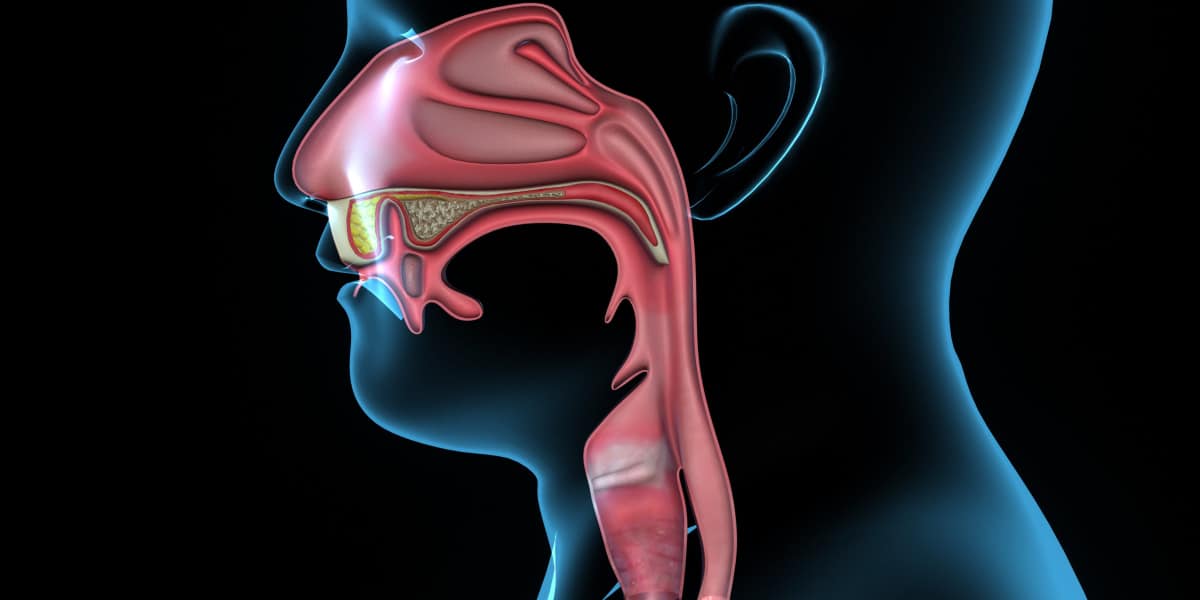Cataracts Pathochart
Viewing Study Tools Requires a Membership
55% of NURSING.com users are visual learners, and 35% stop using their textbooks altogether.
Cataracts, a common eye condition, are characterized by the clouding of the lens, leading to decreased vision and potentially blindness if untreated. The lens, normally transparent and flexible, focuses light rays on the retina. When it loses transparency and increases in density, it distorts the projected image. Cataracts can be congenital, age-related (most common after age 70), result from trauma, exposure to toxic agents, or be a complication of other diseases.
Diagnosis involves visual acuity testing and an eye exam revealing a cloudy lens. Early symptoms include slightly blurred vision and decreased color perception, progressing to more severe vision issues and potential blindness. The only cure is surgery, specifically phacoemulsification, where sound waves break the lens into pieces for removal, followed by the placement of a new lens, either donor or synthetic. Post-surgery care includes eye drops and monitoring for complications like swelling, infection, and changes in vision.
Nursing care focuses on functional ability and sensory perception, with patient education emphasizing prevention and post-surgery care, including activity restrictions to avoid intraocular pressure increases and eye drop administration.
"This nursing cheatsheet will help you learn" about the pathophysiology, diagnosis, and management of cataracts, enhancing your understanding and patient care skills.
